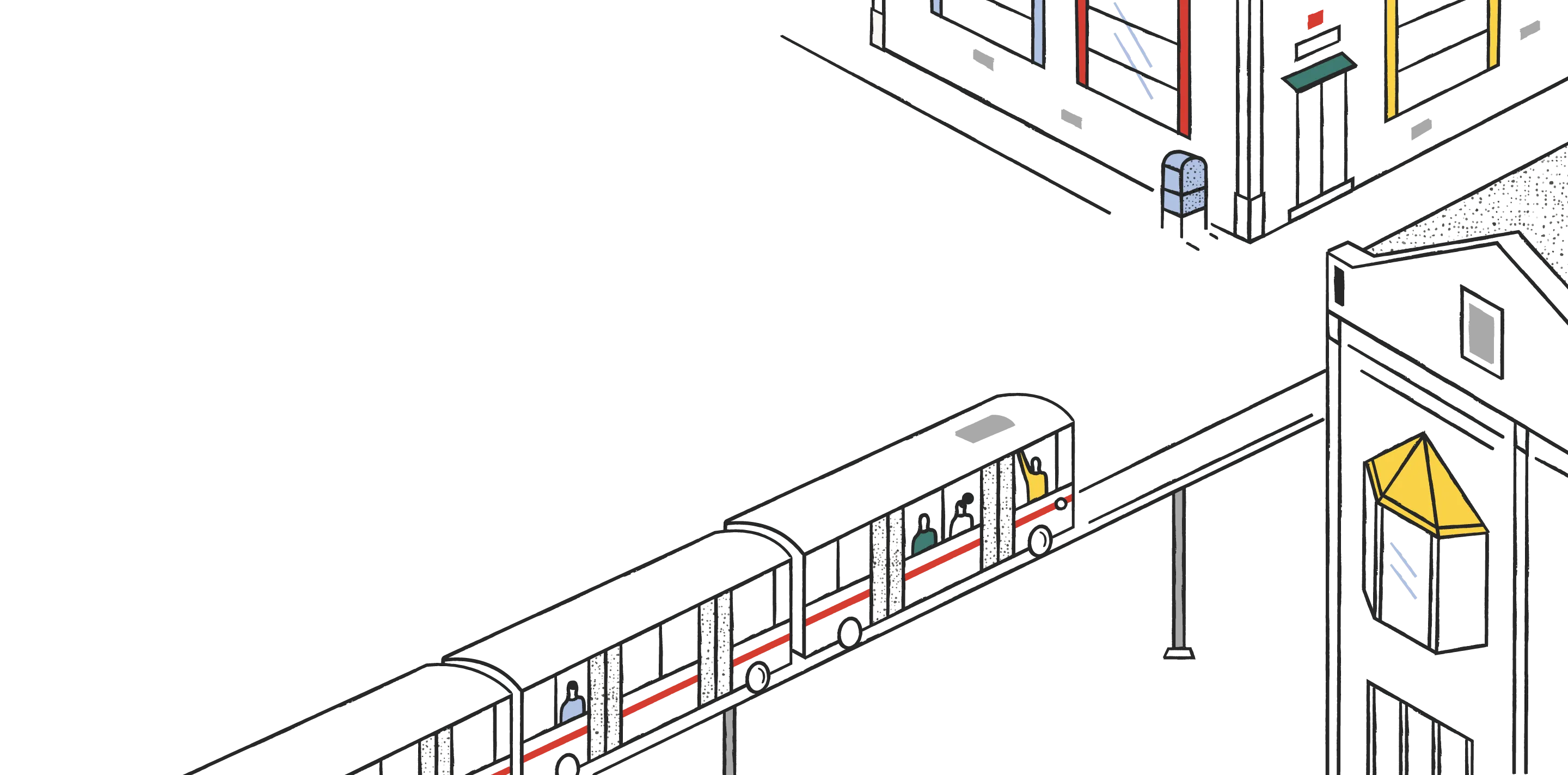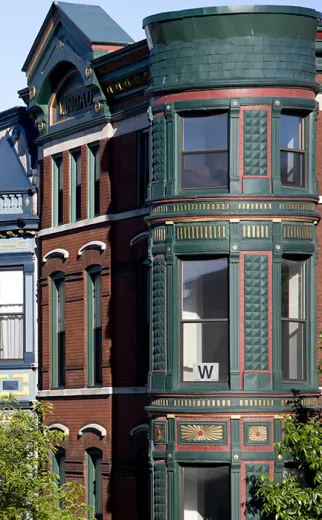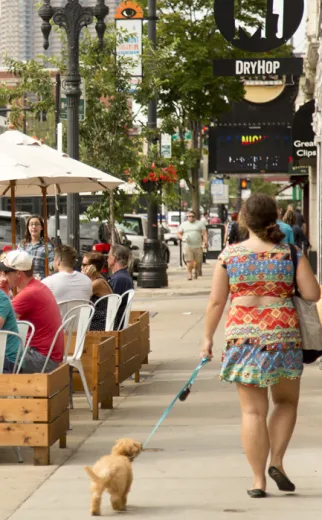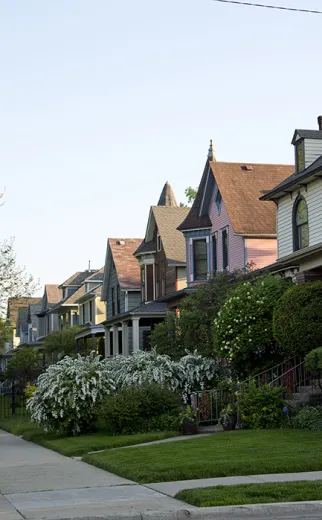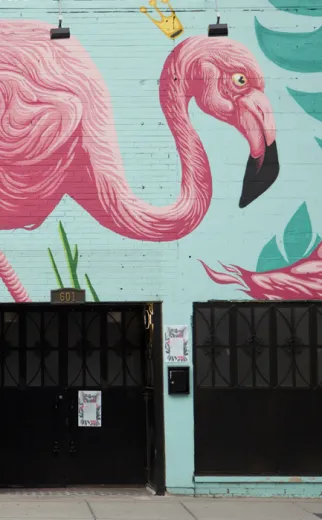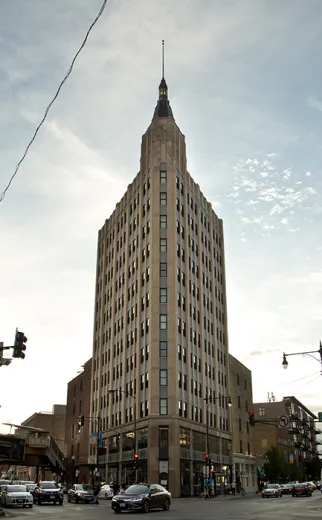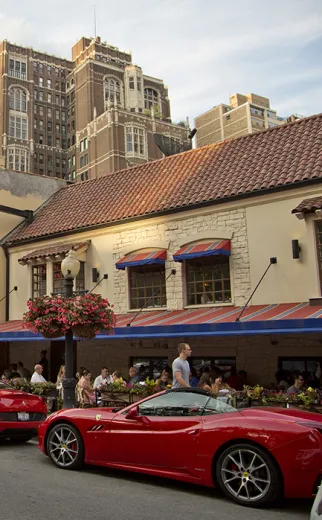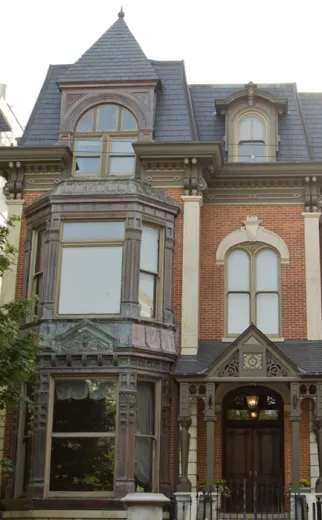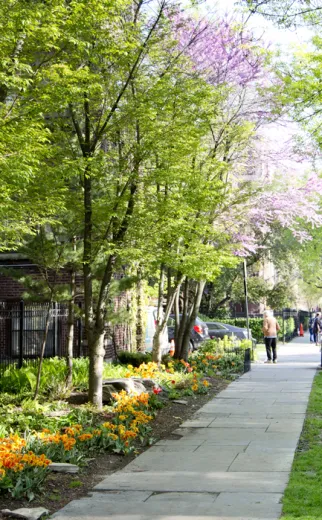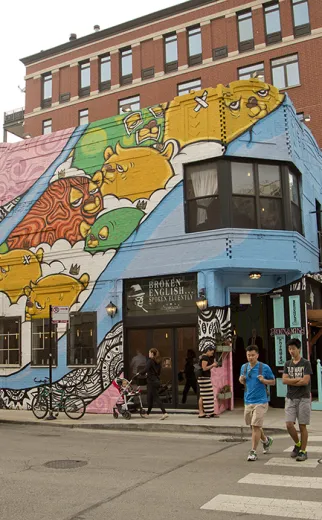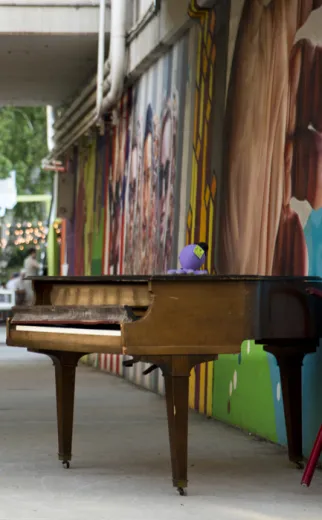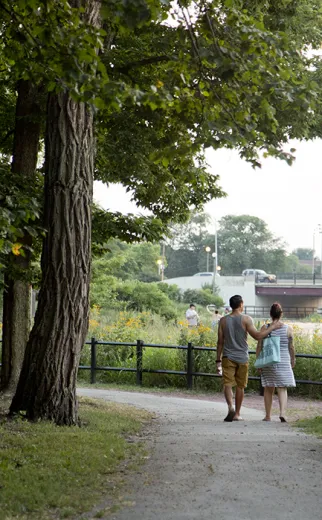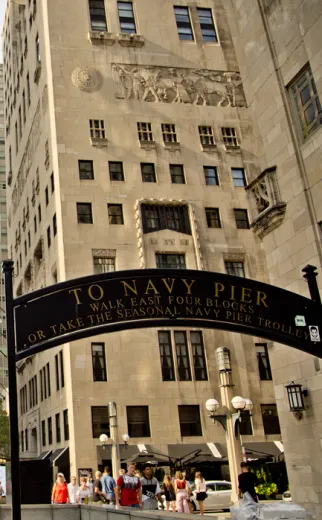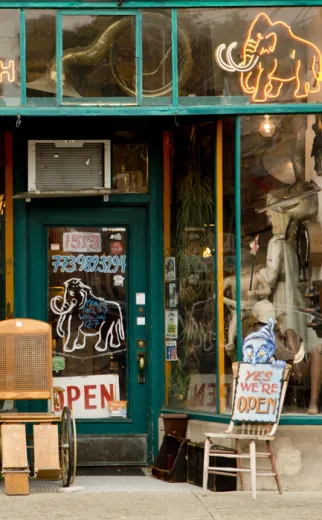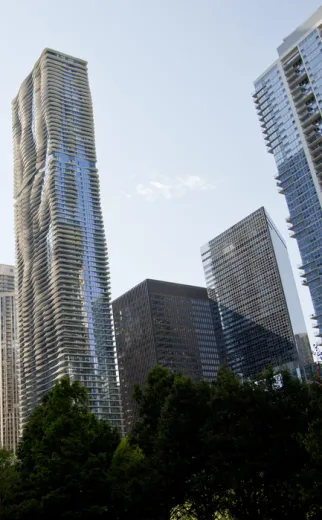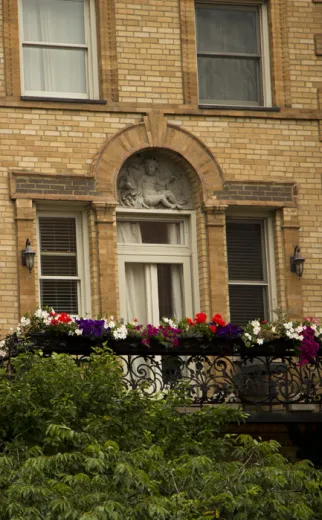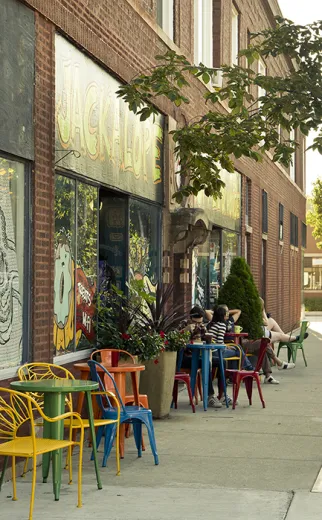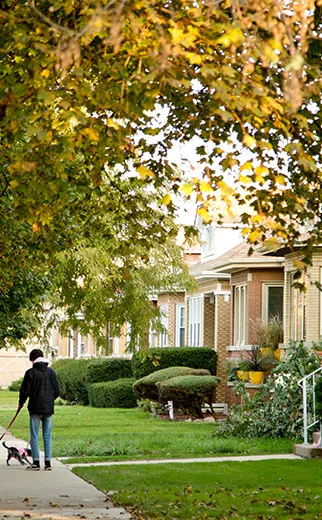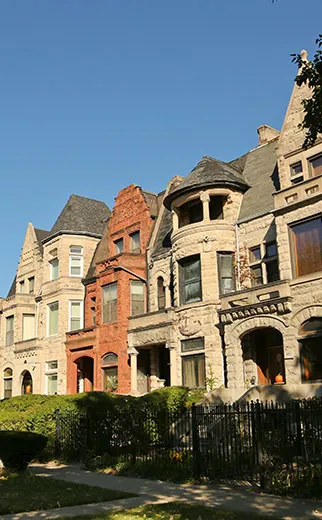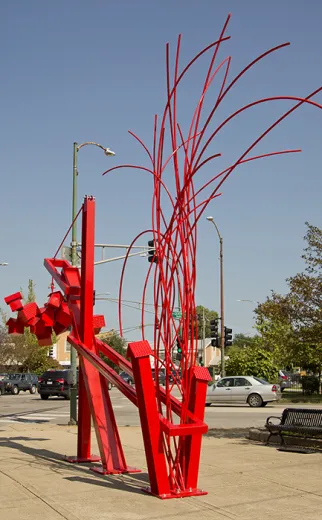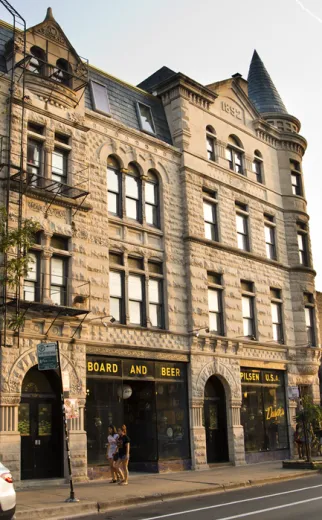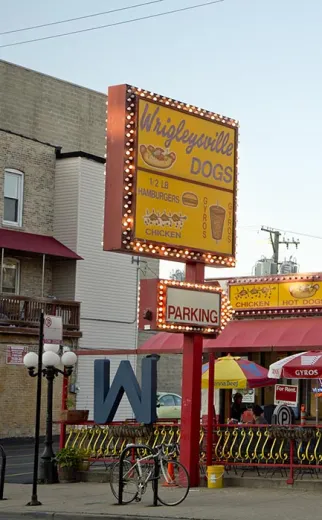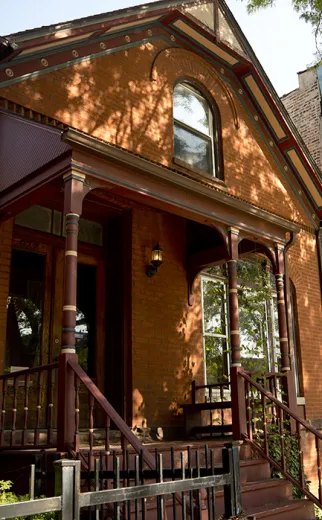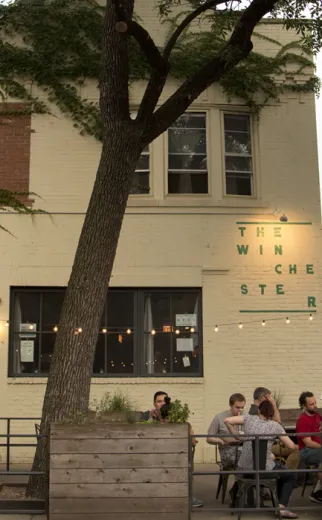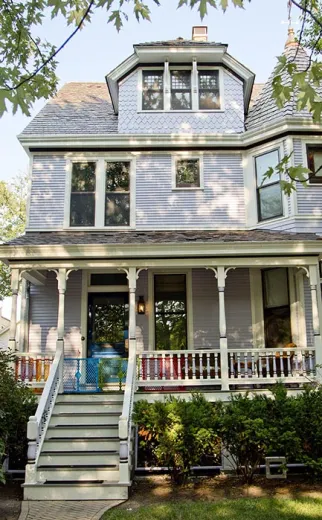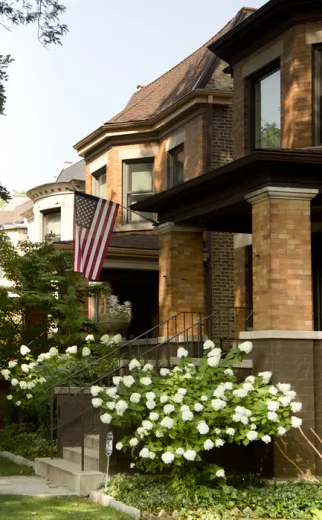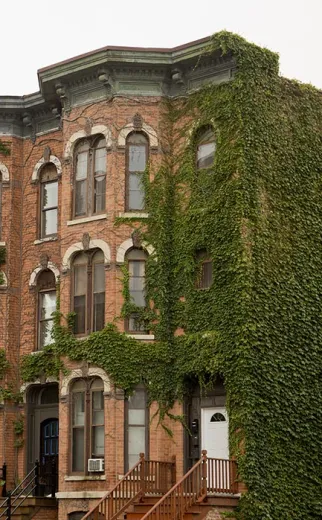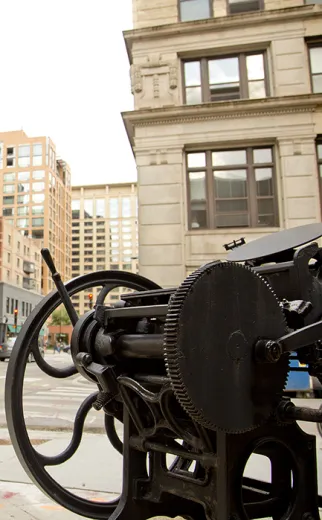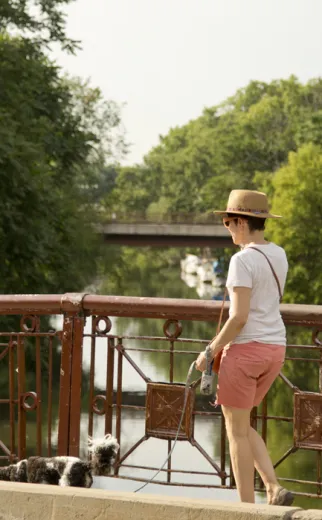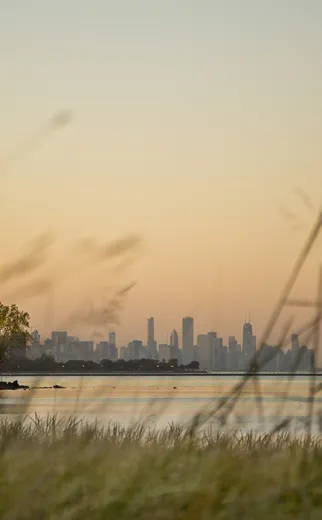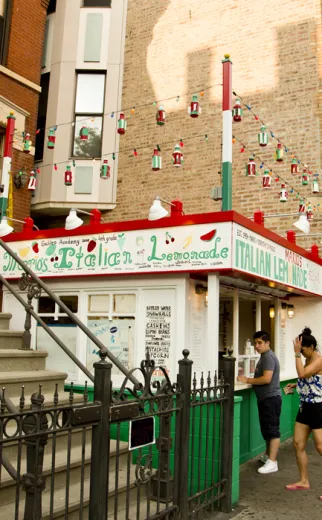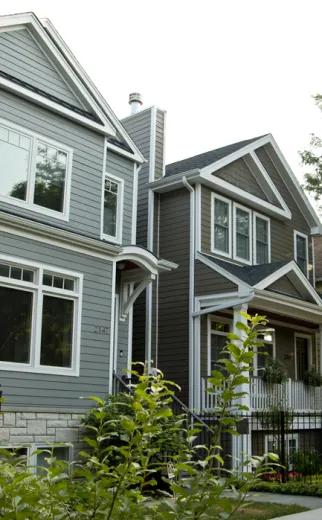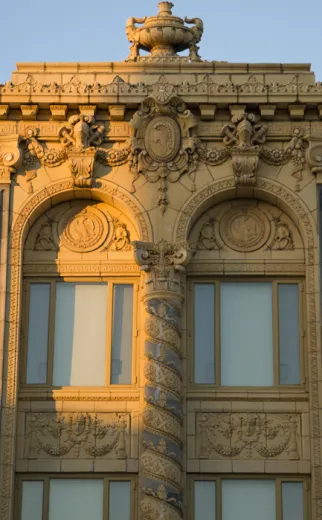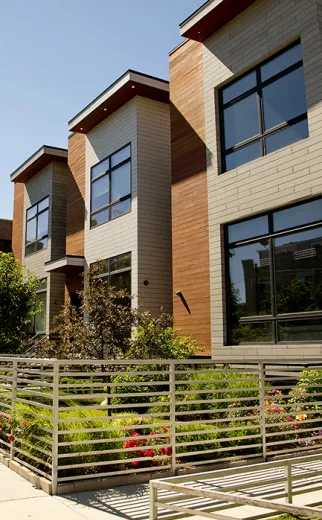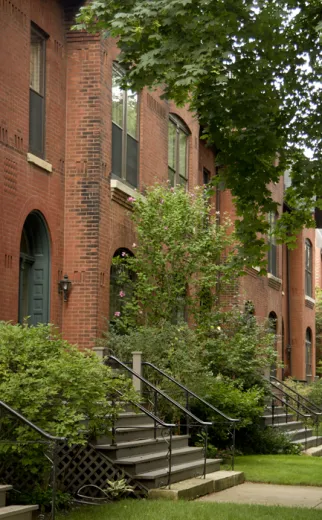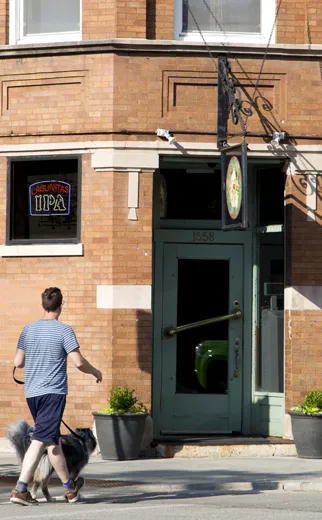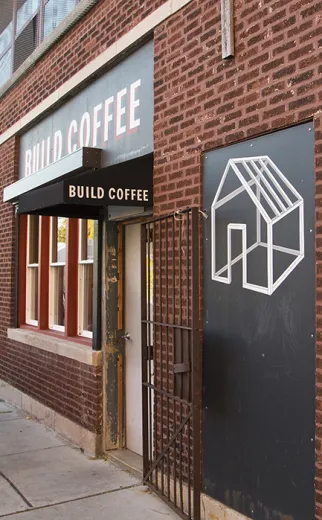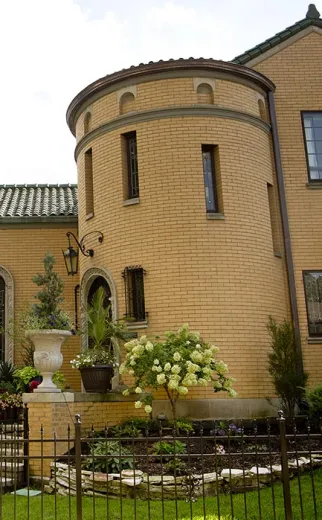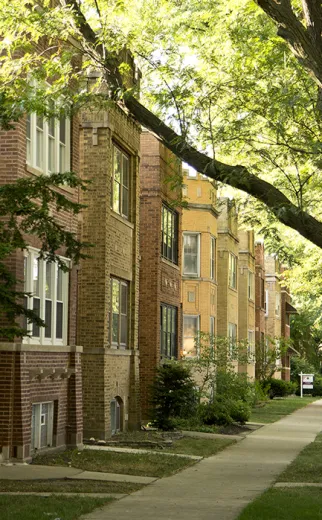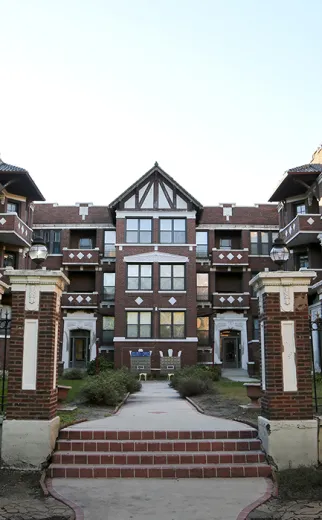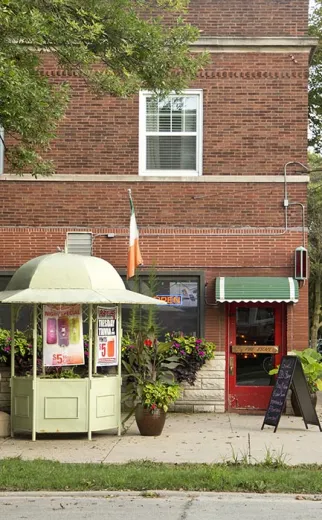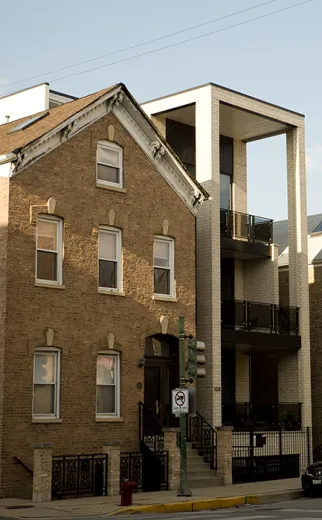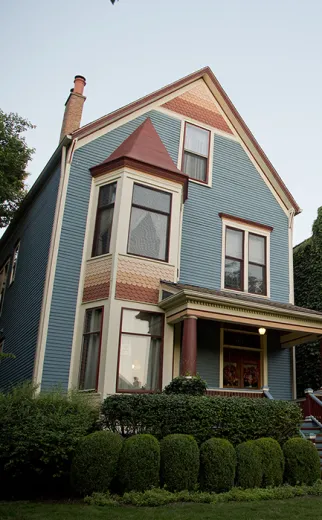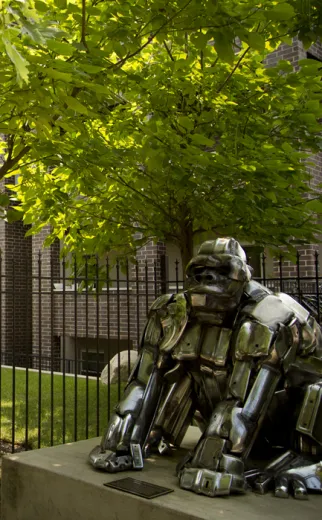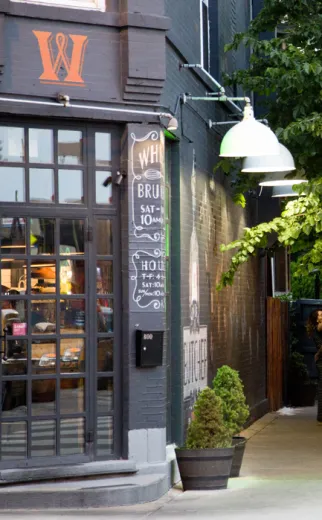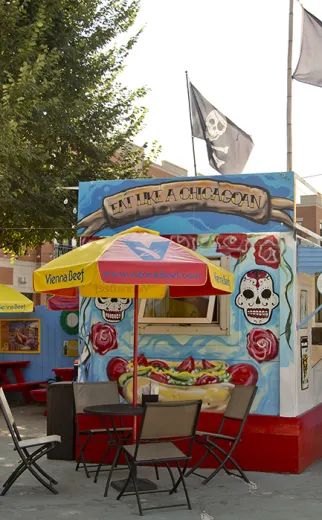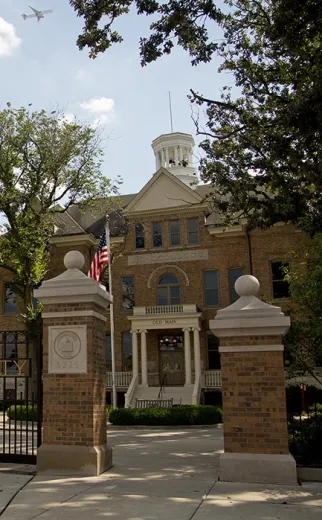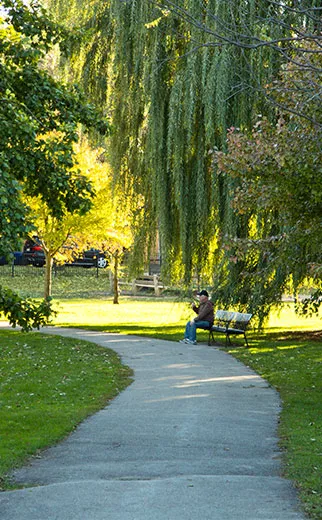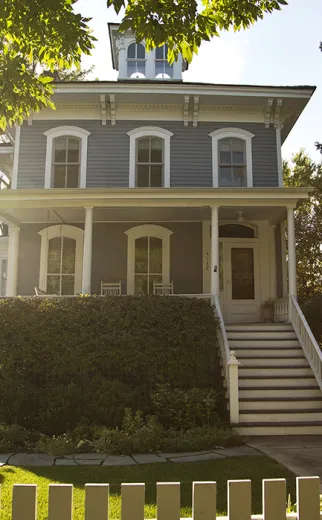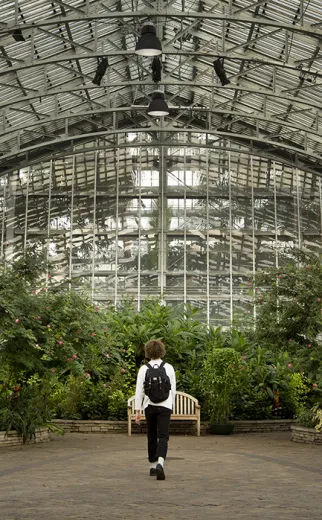Chicago Neighborhood Guide For 2025
Guide to Neighborhoods in Chicago
Welcome to Chicago, a sprawling metropolis defined by its many eclectic neighborhoods. This is a city where your address becomes a part of your identity and shapes your daily adventures. From the cloud-kissing skyscrapers of the Loop to the charming streets of Lincoln Park, each of Chicago's 77 official neighborhoods (and counting!) offers a unique lifestyle for its residents.
Whether you're drawn to the artistic vibes of Wicker Park, the waterfront beauty of Lakeview, or the historic elegance of Hyde Park, the neighborhood you call home will greatly shape your Chicago experience. It'll influence where you grab your morning coffee, how you spend your weekends, and which L stop becomes second nature. Use our comprehensive guides, Chicago neighborhoods map, and our list of "Best Chicago Neighborhoods" to explore these wonderful communities and find the one that fits you like a Cubs glove.
Chicago at a Glance
Chicago's neighborhood structure is a fascinating blend of urban planning and organic growth. It all started in the 1920s when University of Chicago sociologists mapped out 77 distinct community areas. These divisions, based on social and economic patterns, laid the groundwork for the Chicago we know today
Founded on March 4, 1837, Chicago has grown from a modest frontier settlement into a major American city. Covering 234 square miles along Lake Michigan’s southwestern shore, it's the third-largest city in the United States (and arguably the best!) It's a place where stunning architecture, world-class museums, and an incredible food scene elevates the lives of nearly 2.7 million residents. With 26 miles of lakefront, 580 parks, and a comprehensive public transit system, Chicago balances urban energy with accessible green spaces and neighborhoods that each tell a unique story of the city's past and present. And it’s still growing!
The 78: Chicago's Newest Neighborhood
In a rare development for an established city, Chicago is preparing to welcome its 78th neighborhood. Aptly named "The 78," this project will breathe new life into 62 acres of long-dormant land between the South Loop and Chinatown.
With a focus on innovation, sustainability, and quality of life, The 78 represents Chicago's vision for 21st-century urban living. As this new neighborhood emerges, it will expand the city's boundaries and also its possibilities, offering long-time residents and newcomers a chance to be part of Chicago's next great community. The project will blend residential, commercial, and institutional spaces, with plans for an innovation district, a University of Illinois research facility, expansive green areas and a riverfront promenade.
The 78 represents a significant investment in Chicago's future, potentially creating thousands of jobs and attracting new residents and businesses. As The 78 takes shape over the coming years, it will offer a unique opportunity to witness modern urban planning in action and add a fresh chapter to Chicago's fascinating story.
Navigating the Neighborhood Maze
While Chicago has officially defined neighborhoods, locals often have their own takes on where boundaries lie. This fluidity is part of what makes Chicago interesting, as there's always room for friendly debate about where one neighborhood ends and another begins.
To help you get your bearings, check out our comprehensive map of Chicago neighborhoods. It's a great starting point, even if it won't settle every dispute.
Chicago's unique street grid system is another key to understanding the city. Our logical layout makes getting around surprisingly straightforward once you get the hang of it. For more on this, take a look at this informative article on “Chicago's street grid system”.
Chicago’s Best Neighborhoods
Each of Chicago's neighborhoods offers something different. While "best" is subjective, Chicago has plenty of unique spots to explore. Check out our "Best Neighborhoods in Chicago" article, which is packed with insider tips, local haunts, and all the quirks that make our city one-of-a-kind.
Keep in mind, the best neighborhood for you is the one where you feel most at home. A place where you can picture yourself grabbing a morning coffee, cheering on the Cubs (or Sox, we don't judge), and maybe even braving a polar plunge. Take your time, read through our Apartment Renters Resources, and when you’re ready, head over to Domu's Apartment Search Page for up-to-date listings that are packed with information.
Understanding Chicago’s Regions
Alright, let's break down Chicago like a true local would:
Chicago's Neighborhood Puzzle
Chicago is made up of 77 official neighborhoods, each with its own personality and vibe that helps set it apart. Keeping these together in oddly shaped clumps, we have nine main regions: central, north side, west side, south side, southwest side, northwest side, far north side, far southeast side, and far southwest side.
However, if you look closely at each neighborhood, you’ll find a whole world of sub-neighborhoods and locally recognized areas. These smaller pockets often have their own distinct character, local hangouts, and community feel.
In Chicago, your neighborhood is like your second family. It's where you pick up your sunrise latte, yell at the Cubs in a local watering hole, and debate the best pizza spot (Lou Malnati's, anyone?). Each ‘hood has its own style, and Chicagoans wear their neighborhood pride like a badge of honor.
Keeping Up with the Chicago Jones'
At Domu, we're total neighborhood nerds. We're constantly updating our guides to keep up with how real Chicagoans see their city. That means adding those little sub-neighborhoods that might not make the official map but are 100% real to locals.
You see, Chicago's always changing, and we're here for it. One day, a couple of blocks might be part of Wicker Park, and the next, locals are insisting it's actually "East Ukrainian Village." Take Bucktown's "Six Corners" or Lakeview's "Southport Corridor." These might sound like insider lingo, but for locals, they're as real as the Bean. We make sure our guides capture these nuances because we know that in Chicago, your micro-neighborhood can say as much about you as your favorite baseball team.
So whether you're trying to figure out if you live in West Loop or "West West Loop," or if that apartment you're eyeing is in Pilsen proper or "East Pilsen," leave it to us to sort things out. Our guides are as dynamic as the city itself, always evolving to keep pace with the ever-changing landscape of Chicago's neighborhoods.
The Great Neighborhood Debate
Here's the thing about Chicago neighborhoods - everyone's got an opinion. Boundaries are debated over deep dish and discussed on back porches to no end. We've spent years chatting with renters, landlords, and anyone who'll talk to us to draw up neighborhood lines that most folks can agree on.
Some of Chicago's most beloved neighborhoods don't even make the city's official map. Popular spots like Wrigleyville (home of the Cubs and more bars than you can shake a stick at), West Loop (foodie heaven), Boystown (LGBTQ+ central), Lakeshore East (a hidden oasis of high-rises), Printer's Row (book lovers' paradise), East Village (hipster central), North Lawndale (full of history and community spirit), Tri-Taylor (where old school meets new school), Bronzeville (the heart of African American culture in Chicago), St. Ben's (that quintessential Chicago neighborhood feel), and Southport Corridor (stroller central with a side of boutique shopping). These areas might not be "official," but they're 100% Chicago.
New Names, Same Great Neighborhoods
Chicago's neighborhoods are constantly shape-shifting, and their names are no exception. Here's the latest scoop on some areas that have gotten a rebrand:
- Near North? That's old news. These days, it's split between the swanky Gold Coast and River North.
- Most of the original West Town has mostly morphed into the trendy West Loop, home to some of the city's hottest restaurants.
- Goose Island isn't just for warehouses and breweries anymore. It's now part of the River North scene.
- Lincoln Park's gotten greedy (in a good way). It's expanded to include the sub-neighborhoods of Old Town Triangle, Ranch Triangle, Sheffield Neighbors, Park West, Wrightwood Neighbors, and even Lathrop Homes.
- The Medical Center got a fancy new title - say hello to the Illinois Medical District.
- And if you're looking for West Rogers Park, ask for West Ridge instead. Same great neighborhood, shiny new name.
Knowing your Chicago neighborhoods is like having a superpower in this city. It'll help you find the best tacos, the coolest street art, and not stick out like a tourist!

